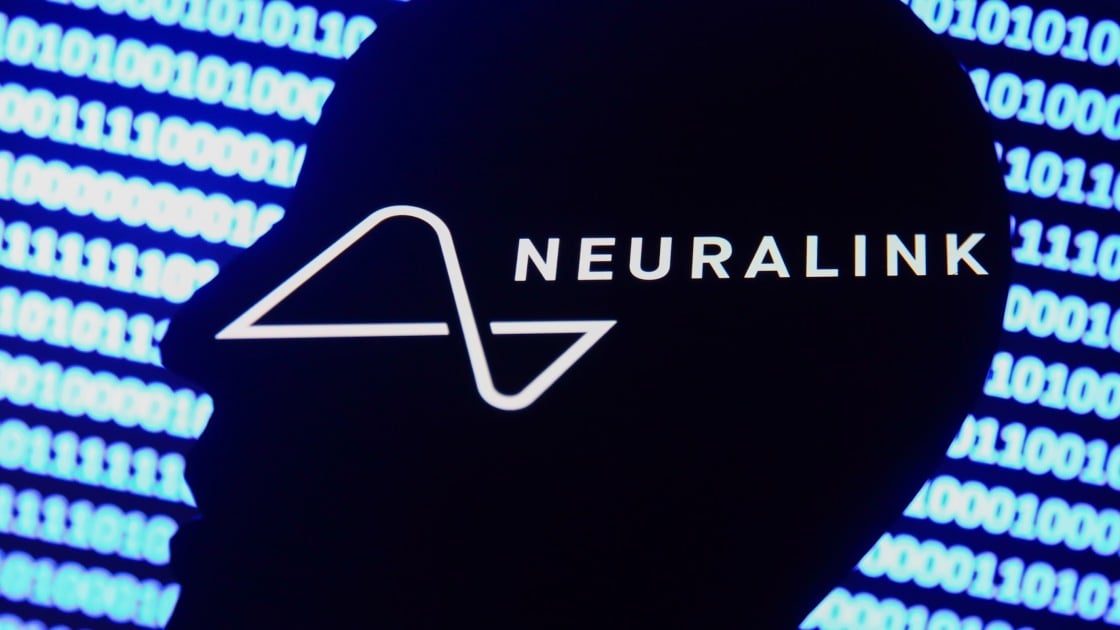
Neuralink’s first brain implant is still in clinical human trials. But the company is already working on a second implant that promises to cure blindness, according to Neuralink owner Elon Musk. “Blindsight is the next Neuralink product after Telepathy,” he tweeted on Wednesday. “I should mention that the Blindsight implant is already working in monkeys,” he later added. “Resolution will be low at first, like early Nintendo graphics, but ultimately may exceed normal human vision.”
This Tweet is currently unavailable. It might be loading or has been removed.
Musk made the comment a day after Neuralink demoed the company’s first brain chip working inside a 29-year-old quadriplegic man named Nolan Arbaugh. The implant was placed inside his brain in January, and since then the technology has given Arbaugh the ability to control a mouse cursor on his laptop through his thoughts. “There’s still a lot of work to be done, but it has already changed my life,” Arbaugh said during a 9-minute live stream. Thanks to the implant, he’s been able to play chess and Civilization VI on his computer. To do so, the chip reads the neural activity from his brain and translates them into Bluetooth-based remote commands, which can be used to control an electronic device, such as a computer mouse. Neuralink didn’t delve into technical details about how the implant is functioning inside Arbaugh, or supply a scientific paper on the results. But Wednesday’s live stream represented a publicity win for Musk’s company, which has faced some skepticism and concern over the technology and the company’s testing practices. In his tweets, Musk added “no monkey has died or been seriously injured by a Neuralink device!”
Recommended by Our Editors
In November 2022, Musk touched on the Blindsight implant during a company presentation. “Even if someone has never had vision ever, like they were born blind, we believe we can still restore vision. Because the visual part of the (brain) cortex is still there,” he said at the time. The company’s other focus is using the implants to bridge the brain’s connection to disabled limbs, or to even robotic limbs. “Long-term, it is possible to shunt the signals from the brain motor cortex past the damaged part of the spine to enable people to walk again and use their arms normally,” Musk added in another tweet.
Get Our Best Stories!
Sign up for What’s New Now to get our top stories delivered to your inbox every morning.
This newsletter may contain advertising, deals, or affiliate links. Subscribing to a newsletter indicates your consent to our Terms of Use and Privacy Policy. You may unsubscribe from the newsletters at any time.






